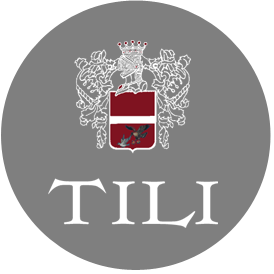
Saffron, the red gold of spices
Saffron, a symbol of wealth and refinement, has always had the reputation of being an aphrodisiac, perhaps for this reason it has symbolized love in all its forms since antiquity: in Greek mythology, the story of Crocus and Smilax is told.
He, a mortal, in love with the nymph Smilax, beautiful and eternally young, was transformed as punishment into the saffron plant and she into the aspera smilax plant.
Its properties were known to the Egyptians, and it is mentioned in the Bible in the Song of Songs. Homer mentions it in the Iliad among the flowers on Zeus’s cloud bed. The Greek physician Hippocrates praised its pharmacological properties. His colleague Galen even prescribed it for all ailments.
Also known in India, it is still used by Buddhist monks to dye their robes. Saffron production, the so-called red gold, has interested Umbria since ancient times; in the famous poem “De croci cultu,” Pierfrancesco Giustolo (1499) meticulously describes the cultivation practices of saffron, echoing what was written in numerous statutes of Umbrian municipalities as early as the 13th century.
In the Middle Ages, saffron was precious mainly for dyeing fine fabrics, thanks to its typical yellowish color, derived from the color of the stigma. It seems that even the Perugino used it to paint his frescoes.
The most famous Umbrian saffron is that of Cascia, harvested between October and early November, at sunrise, so that the precious orange pollen can preserve its extraordinary characteristics intact. The greatness of saffron is practically measurable based on its ephemeral “weight”: for one gram, it is necessary to gather 200 flowers.






Sorry, the comment form is closed at this time.